Presentation
Referred by GP for microscopic hematuria and flank pain.
Patient Data

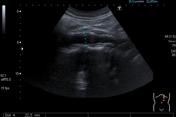
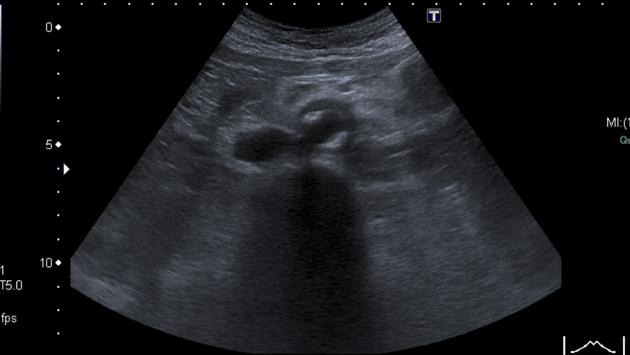
A thick hypoechoic rim was found around the atherosclerotic wall of the abdominal aorta. To exclude a dissection or other vascular pathology, CT angiography of the abdominal aorta was ordered and performed.
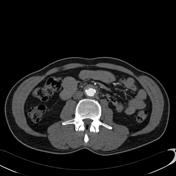

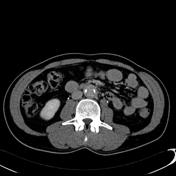

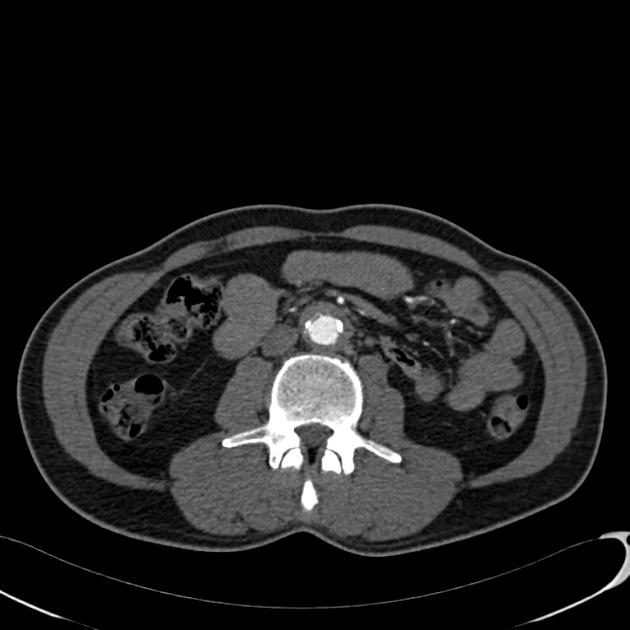
CT Angiography in the arterial and delayed phase confirm the presence of a soft tissue rim around the abdominal aorta, which is mildly enhancing. A dissection is excluded. These findings correspond with a so-called isolated periaortitis, which is a non-aneurysmal form of an inflammatory abdominal aortic aneurysm.
Case Discussion
Chronic periaortitis (also called inflammatory abdominal aortic aneurysm) is an inflammatory condition which typically involves the infrarenal portion of the abdominal aorta. Isolated periaortitis is the non-aneurysmal form of the same entity. An exaggerated inflammatory response due to advanced atherosclerosis is thought to be the main pathogenic process. Autoimmunity has been proposed as a contributing factor.




 Unable to process the form. Check for errors and try again.
Unable to process the form. Check for errors and try again.